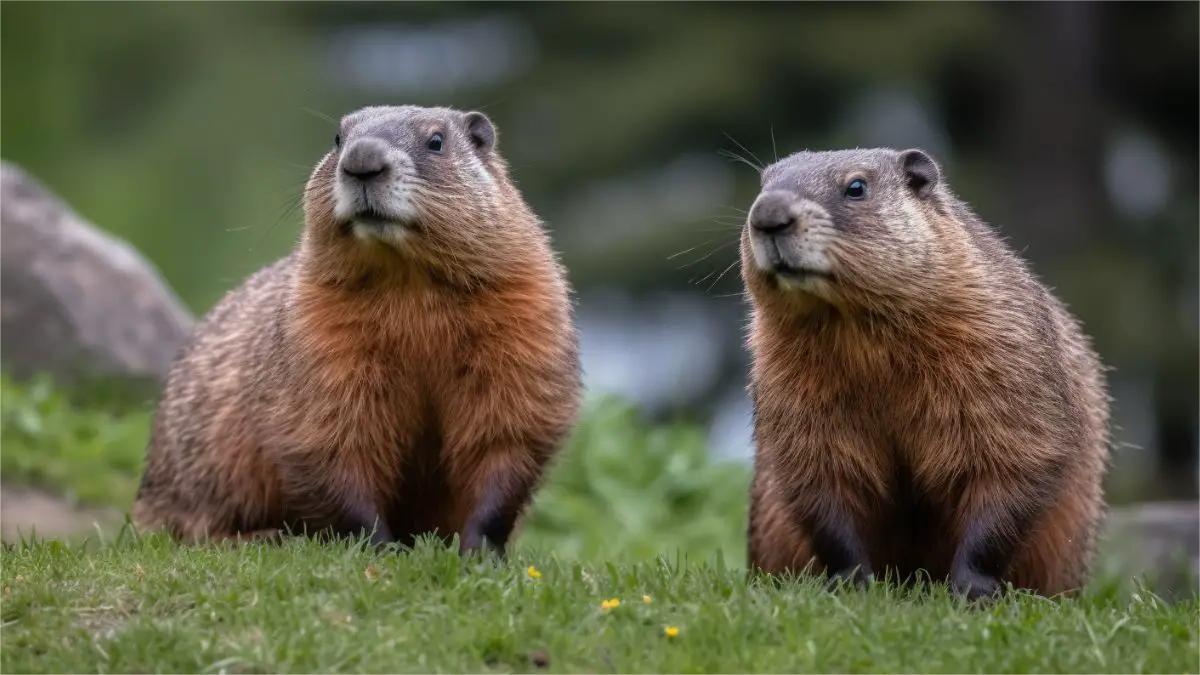
Did you know that Marmot Day is celebrated on February 2nd in Alaska? While most people think of Groundhog Day, Alaskans have their own twist with Marmot Day. This day honors the marmot, a large squirrel-like rodent found in the mountains. Marmot Day started in 2009 when Alaska decided to celebrate its own unique wildlife. Unlike Groundhog Day, which predicts the weather, Marmot Day focuses on appreciating these cute creatures and their role in the ecosystem. Schools and communities often hold events to learn more about marmots and their habitats. Ready to learn more? Let's dive into 28 fascinating facts about Marmot Day!
What is Marmot Day?
Marmot Day is a quirky holiday celebrated in Alaska. It honors the marmot, a burrowing rodent known for its hibernation habits. This day is similar to Groundhog Day but has its unique Alaskan twist.
- Marmot Day is celebrated on February 2nd, the same day as Groundhog Day.
- The holiday was officially established in 2009 by the Alaskan Legislature.
- Marmots are part of the squirrel family and are known for their large size and burrowing habits.
- Unlike Groundhog Day, Marmot Day does not involve predicting the weather.
- The holiday aims to celebrate Alaskan wildlife and culture.
The History Behind Marmot Day
Understanding the origins of Marmot Day provides insight into why Alaskans cherish this special day. It’s a blend of tradition, wildlife appreciation, and a nod to the state’s unique environment.
- Marmot Day was created to replace Groundhog Day in Alaska.
- The idea was proposed by Senator Linda Menard.
- The first official Marmot Day was celebrated in 2010.
- The holiday was inspired by the abundance of marmots in Alaska.
- Marmot Day aims to educate people about the importance of marmots in the ecosystem.
Marmot Species in Alaska
Alaska is home to several species of marmots. Each species has unique characteristics that make them fascinating creatures to study and observe.
- The Alaska marmot, also known as the Brooks Range marmot, is native to Alaska.
- Hoary marmots are another species found in Alaska.
- Marmots are known for their loud whistles, which they use to communicate.
- These rodents hibernate for up to eight months a year.
- Marmots can weigh up to 15 pounds, making them one of the largest members of the squirrel family.
Celebrating Marmot Day
Marmot Day celebrations can be as simple or elaborate as you like. From educational activities to fun family outings, there are many ways to honor these fascinating creatures.
- Schools often hold educational programs about marmots on this day.
- Some communities organize marmot-themed events and activities.
- Families might go on hikes to spot marmots in their natural habitat.
- Marmot Day merchandise, like T-shirts and mugs, is popular among enthusiasts.
- Social media is abuzz with marmot facts and photos on February 2nd.
Fun Facts About Marmots
Marmots are more than just cute, burrowing rodents. They have some interesting traits and behaviors that make them stand out in the animal kingdom.
- Marmots have a special gland that produces a scent used for marking territory.
- They live in colonies and have complex social structures.
- Marmots can run up to 15 miles per hour.
- Their diet mainly consists of grasses, berries, and other vegetation.
- Marmots have a lifespan of about 15 years in the wild.
Why Marmots Matter
Marmots play a crucial role in their ecosystems. They help maintain the balance of their habitats and serve as indicators of environmental health.
- Marmots are important prey for predators like eagles and bears.
- Their burrowing activities help aerate the soil, promoting plant growth.
- Marmots are considered a keystone species, meaning their presence has a significant impact on their environment.
Marmot Day in a Nutshell
Marmot Day, celebrated on February 2nd in Alaska, is a quirky twist on Groundhog Day. Instead of predicting the weather, it highlights the importance of marmots in Alaskan culture and ecology. These furry critters, known for their hibernation habits, symbolize the end of winter and the coming of spring. Alaskans use this day to educate others about marmots and their habitats, ensuring these animals get the attention they deserve.
The celebration includes fun activities like marmot-themed games, educational programs, and even marmot costumes. It's a day that brings communities together, fostering a sense of appreciation for wildlife and nature. Whether you're in Alaska or just curious about unique holidays, Marmot Day offers a delightful peek into the state's rich traditions and natural wonders. So, next February 2nd, remember to give a nod to the marmots!
Was this page helpful?
Our commitment to delivering trustworthy and engaging content is at the heart of what we do. Each fact on our site is contributed by real users like you, bringing a wealth of diverse insights and information. To ensure the highest standards of accuracy and reliability, our dedicated editors meticulously review each submission. This process guarantees that the facts we share are not only fascinating but also credible. Trust in our commitment to quality and authenticity as you explore and learn with us.
